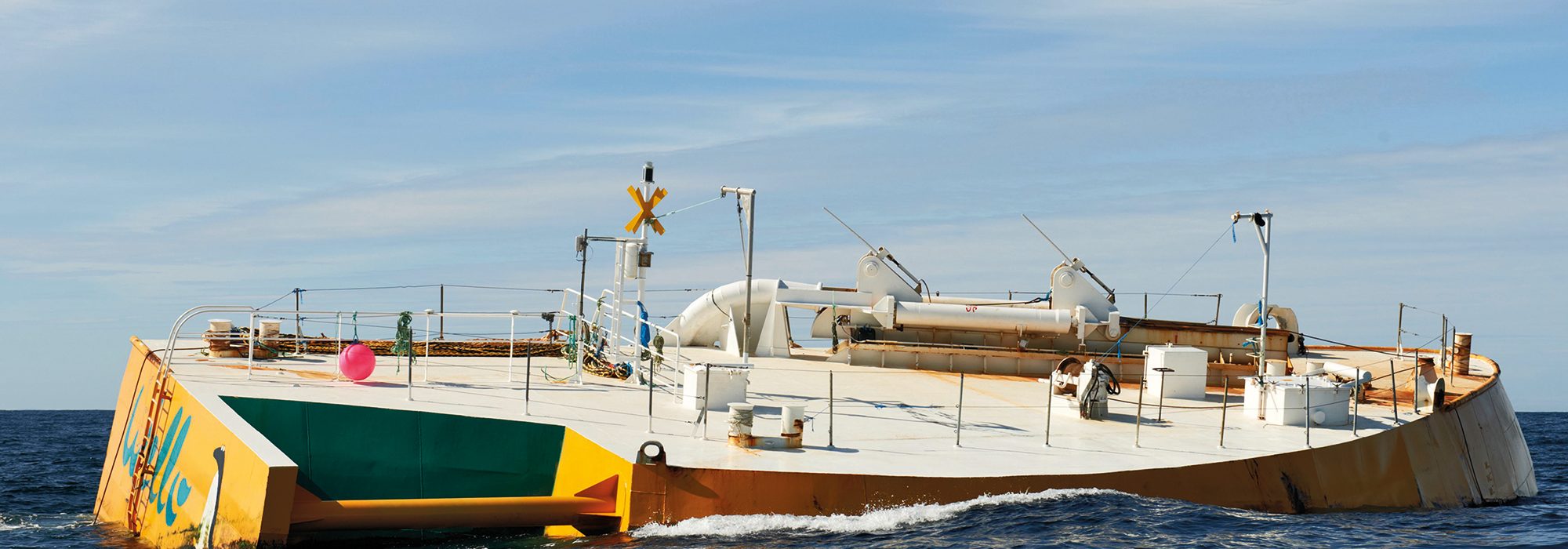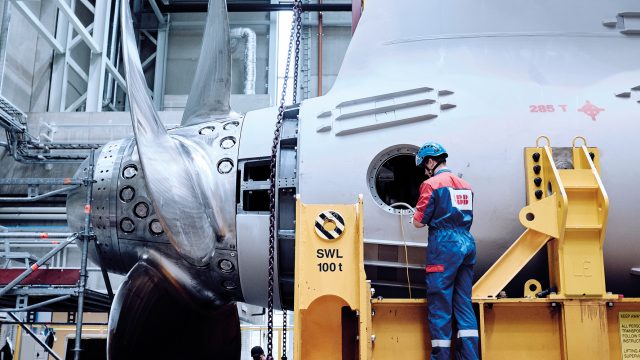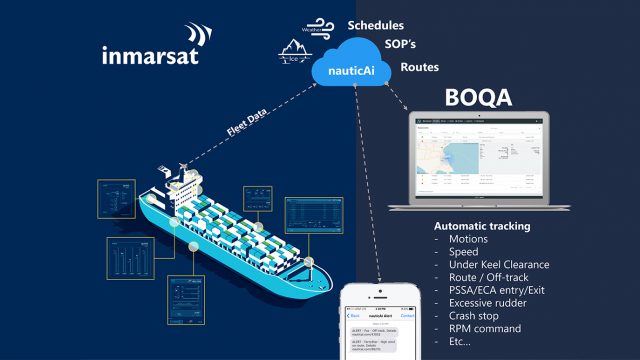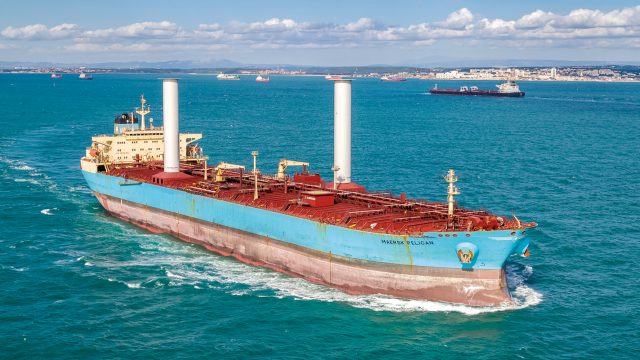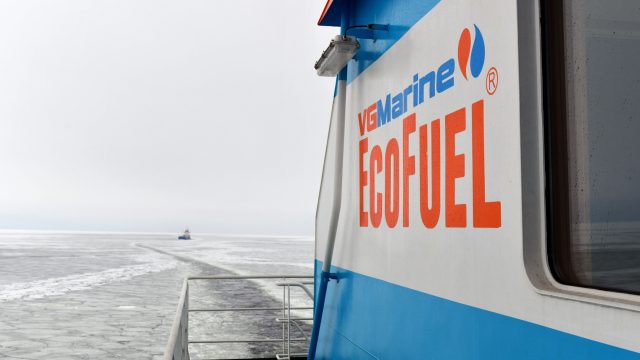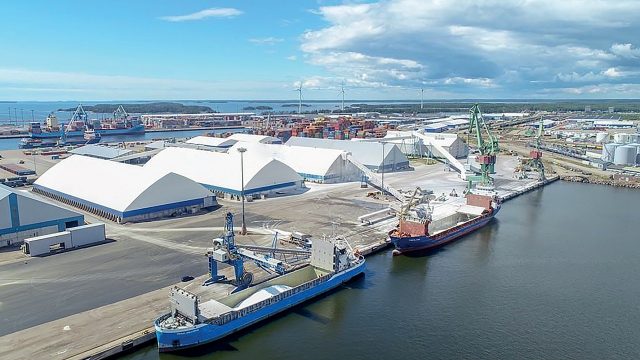“By 2050, wave energy could meet a tenth of the world’s clean energy needs,” says Wello’s CEO Heikki Paakkinen. Wello tested the first model of its Penguin wave technology on Scotland’s Orkney Islands, where it has safely been generating electricity in waves of up to 18 metres in height. For two years, the WEC1 wave energy converter was connected to the electricity grid at Billia Croo off the coast of Orkney.
Wello’s new converter, the Penguin WEC 2, will be installed in the autumn 2020, at Armintza on the coast of the Bay of Biscay in Spain. The installation will be carried out by Wello’s partner, the Italian company Saipem Xsight. Wello is receiving project funding from Ente Vasco de la Energia (EVE) and Business Finland.
Wave-energy parks all the way to Indonesia Over the past few years, Wello has received many enquiries about wave-energy parks containing dozens of units. One of these enquiries came from Nusa Lembonga in Indonesia, where a project is currently being planned. With a capacity of ten megawatts, it is currently the largest wave-energy park in the pipeline in the world.
Paakkinen says that the Indonesians are interested in wave energy as many tourists visit the island of Nusa Lembonga and wind farms and solar energy solutions disturb travel experiences. “Wello is the leading provider of wave energy, as no one else can boast comparable technology. We believe that we can grow rapidly all around the world,” says Paakkinen.
Wello was established in 2008 and operates out of Espoo. The company develops technology to harness renewable wave-energy and has been granted several patents.
The company’s leading investors are Fortum Oyj, VNT Management, Innovestor Ventures and Estlander Holdings Oy.
Finland has another wave-energy company in addition to Wello, AW-Energy, which has developed WaveRoller technology. AW-Energy collaborates with Wärtsilä, which seeks to sell AW-Energy’s technology globally.

